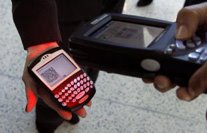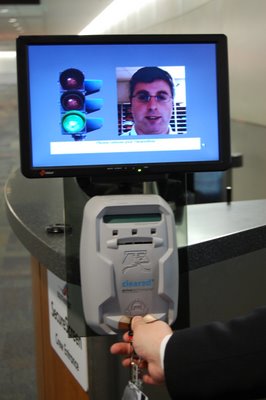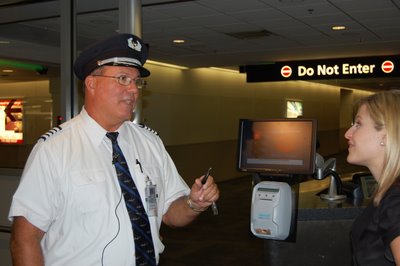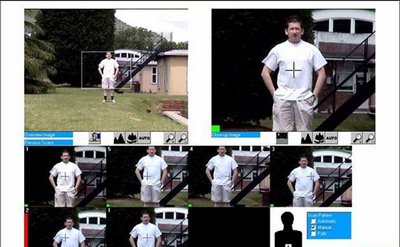Paperless Boarding Pass Testimonial
 While scouring the internet for TSA related information, I came across an interesting testimonial regarding paperless boarding passes from a passenger who travelled through the Detroit Metro Airport. (DTW)
While scouring the internet for TSA related information, I came across an interesting testimonial regarding paperless boarding passes from a passenger who travelled through the Detroit Metro Airport. (DTW)“Checked in online for my flight today and saw a new option show up for an E-Boarding pass at DTW (note: only for direct flights). I had to try it, clicked and within 20 seconds a SMS message showed up on my phone with a link to the E-Boarding pass with a barcode on my cell phone (PDA). Not wanting to risk missing my flight, I also went back in and printed a boarding pass as a backup, that I never had to use.
I had a lot of questions on how it would really work, especially with having to show your boarding pass when you walk under the TSA metal detector and have to show your boarding pass and you are not allowed to bring your cell phone through. So he is how it went today:
TSA Boarding Pass Check - they have a new bar code reader that you hold your phone up to and it reads the bar code and you show them your ID to match the name that shows up on the screen. They then give you a Tuit (a Poker Chip with TSA on it).TSA Screening - Just like normal, except you hand them the Tuit instead of showing them your Boarding Pass with the TSA checkers initials on it. Sorry, they have to keep the Tuit, I was hoping to start a new game to see who could collect the most Tuits in 1 year.WorldClub - I use the Amex Plat. Card, so I have to show a Boarding Pass, ID and the Amex Card. They also have the same bar code reader and I put my phone in front of it and it scanned. Good to go. Gate - I held my phone on top of the normal reader the GA's use and it read it and I boarded without any problems. The only comment from the GA was the the last guy who tried it, didn't work. I'm sold, will be using the new E-Boarding Pass from now on. Didn't slow me down; however, I did get a lot of stares/attention from fellow pax's as I pulled out my PDA at screening, WorldClubs, Gate. “
I’d be interested to see if any of our other readers have tried this yet. So, if you've used this, please tell us about it.
Also, for your viewing pleasure, check out this MSNBC clip.
Bob
TSA EoS Blog Team
Labels: mission, technology




 Blogging has been light this week, with some on the team out for end-of-summer vacations and Bob's out taking care of his new baby.
Blogging has been light this week, with some on the team out for end-of-summer vacations and Bob's out taking care of his new baby. 

